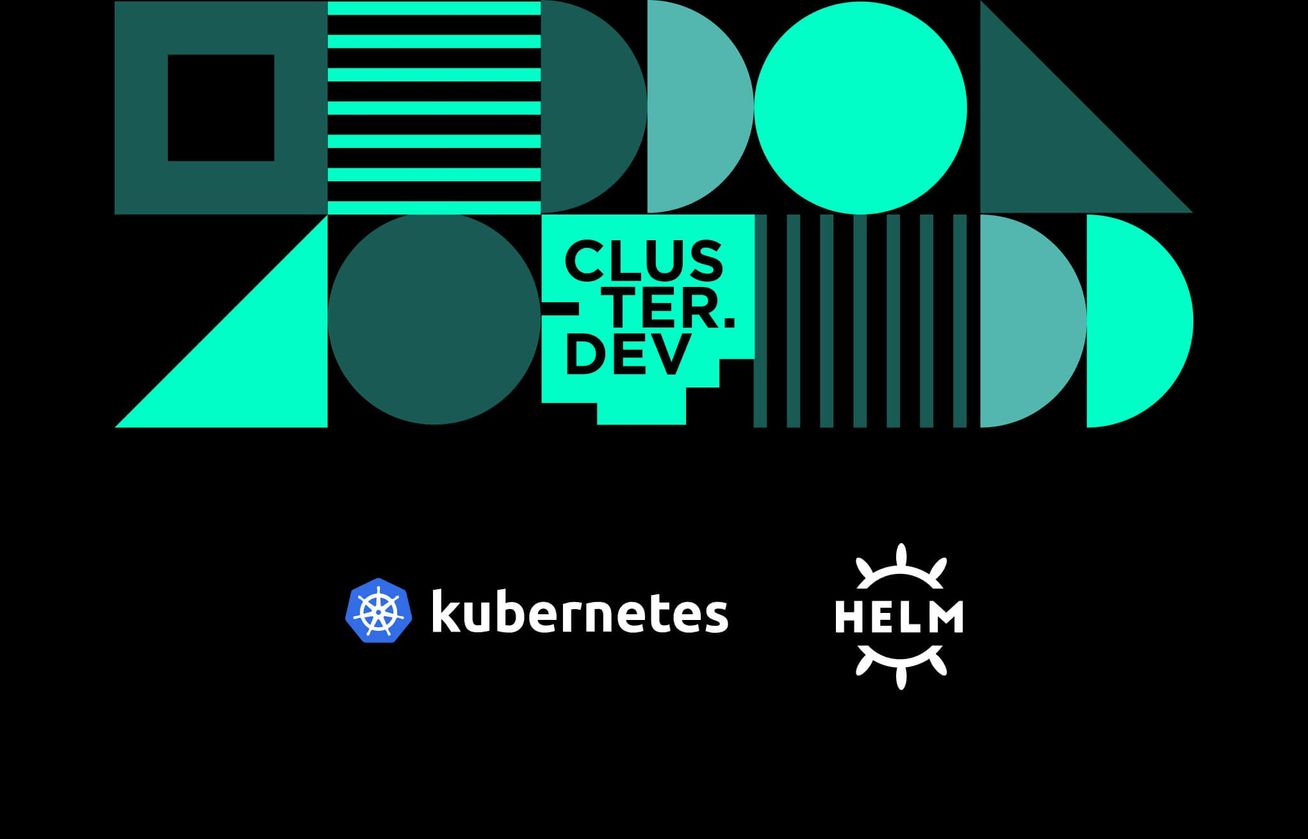Infrastructure Changes and Compatibility Testing
Swiftly spin up temporary environments to test infrastructure changes or check the interoperability of system components. Promote changes across environments with confidence, minimizing the risk of errors and disruptions.
Challenges and Solutions
Solution
Effective Interoperability Testing
Create isolated testing environments that mirror the target setup. By replicating the real infrastructure, you can thoroughly test component interactions, ensuring seamless interoperability before making changes in critical environments.

Who Can Benefit from Our Solution?
Ready to get started?
Yes, Cluster.dev seamlessly integrates with existing automated testing tools. The Cluster.dev commands for creating or deleting a cluster can be effortlessly incorporated into existing CI/CD pipelines, enabling the automatic setup or shutdown of even the most complex environments.
It achieves this through component version interoperability testing. Stack templates pin specific versions for infrastructure components. If a component is upgraded, its new version can be specified in the template, allowing for the relaunch of the infrastructure to verify compatibility with other infrastructure elements.
It does so by incorporating best security practices within its templates. Additionally, you can close testing environments for external traffic, keeping your data and configurations confidential and secure throughout the entire testing cycle.
Cluster.dev employs a method of replicating target infrastructure setups for component testing alongside other services. This approach ensures early detection of potential compatibility problems. Additionally, if one of the stack components undergoes an upgrade, we can modify its version in a stack template and relaunch the infrastructure to assess its compatibility with other components after the upgrade.
Cluster.dev is natively integrable with the Grafana-Prometheus monitoring stack, which allows for monitoring of a wide range of performance metrics, both infrastructure- and application-specific. The metrics may include response time, server resource usage, deployments fail rate or any other custom parameter required for testing system performance.
Sure! The Cluster.dev templating engine allows you to replicate infrastructure blueprint as many times as it is needed, creating multiple environments for parallel testing across different branches. This allows for concurrent testing of various features or updates, speeding up the development process.
 Schedule call
Schedule call

